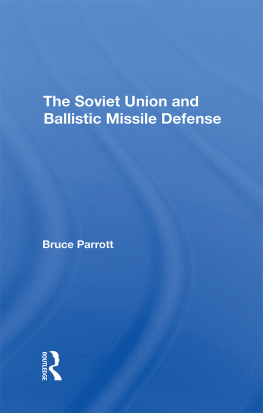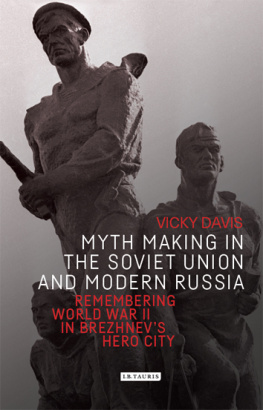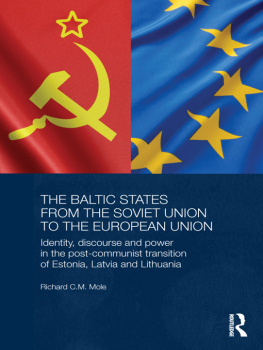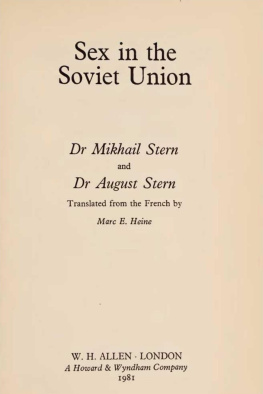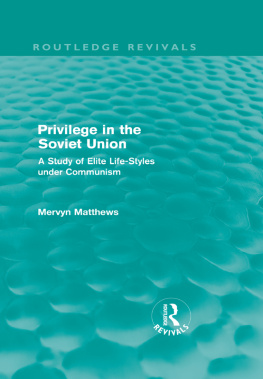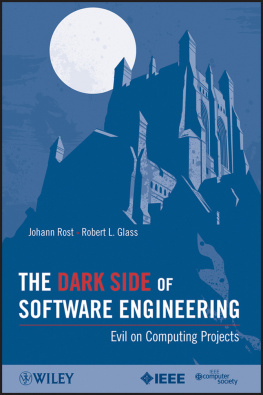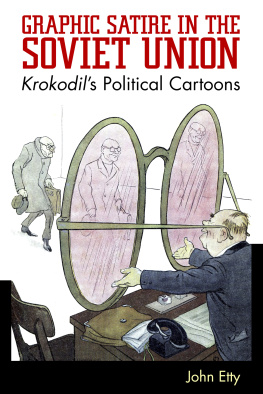This edition is published by PICKLE PARTNERS PUBLISHING www.picklepartnerspublishing.com
To join our mailing list for new titles or for issues with our books
Or on Facebook
Text originally published in 1916 under the same title.
Pickle Partners Publishing 2013, all rights reserved. No part of this publication may be reproduced, stored in a retrieval system or transmitted by any means, electrical, mechanical or otherwise without the written permission of the copyright holder.
Publishers Note
Although in most cases we have retained the Authors original spelling and grammar to authentically reproduce the work of the Author and the original intent of such material, some additional notes and clarifications have been added for the modern readers benefit.
We have also made every effort to include all maps and illustrations of the original edition the limitations of formatting do not allow of including larger maps, we will upload as many of these maps as possible.
MSG VASSILI ZAITSEV
Hero of the Soviet Union
By
MSG William A Rost
MSG Vassili Zaitsev
World War II and the battle at Stalingrad evolved into a battle of attrition, ideas, and commitment to victory at any price on both the German and Soviet fronts. Master Sergeant Vassili Zaitsev emerged from the battle of Stalingrad as an unlikely Soviet war hero with his actions conducted out of love for his country and a severe patriotic belief. MSG Zaitsev played a key role in the destruction and surrender of the German 6 th Army. As a sniper with 242 verified kills and possibly over 400 in total, MSG Zaitsev supported Joseph Stalins not a step backwards order and defended Stalingrad in the best way he could.
The battle of Stalingrad fought during the winter of 1942 and 1943 engaged the German 6 th and 4 th Panzer Army with six complete Armies of the Soviet Union. A total of 2,012,000 men engaged each other in some of the most brutal combat in the European Theatre, resulting in over 1,500,000 total casualties. September 1942 saw the German army of over one million men commanded by General Von Paulus closing on Stalingrad; the simple reason of country morale and the fact the city was named after the Soviet leader caused the Soviet Army to make a stand at all costs. With over 27,000 tanks, planes, and artillery pieces the battle for the city descended into one of the most brutal of World War II. Individual streets were fought over using hand to hand combat and areas captured by the Germans during the day were recaptured at night by the Soviets. The Germans controlled a large portion of the city by November but failed to fully assert their authority over German controlled areas.
Around mid November Marshal Zhukov of the Soviet High Command used six armies of over one million men to surround the city and trap the bulk of the German 6 th Army within the city of Stalingrad. General Paulus, in the early stages of the encirclement, could have broken out of the trap but was forbidden to do so by Hitler because it might look like the German army was running in defeat. This decision caused the German army to face the harsh Soviet winter unprepared with no hope of resupply or reinforcement. MSG Zaitsev and his band of snipers had free reign within Stalingrad to chose targets of German officers, Noncommissioned Officers, Artillery Observers, Machine Gunners, They effectively beheaded the German officer corps and command and control of the German 6 th Army. With the defeat of the 6 th Army the German thrust into the Soviet Union was over and the Soviet Generals were able to turn the tide of the war in their favor.
Born in the Ural Mountains in 1915, Vassili grew up hunting for meat and furs to support and feed the family. Learning the art of hunting and camouflage from his grandfather he became an expert in field craft and survival. His grandfather started his training with a bow, and once proficient with the bow he then was allowed to move on to the mallet. With the mallet Vassili had to camouflage himself and lie next to the path and when the rabbit, badger, or wolf passed kill it with a blow to the head. Once proficient with the bow and mallet his grandfather presented him with his first rifle and taught him to wait for the right moment for one, and only one well-aimed shot. His grandmother, another important figure in his life taught him to read and write and assured that he obtained a rudimentary education. At the age of 16 Vassili was assigned to the Magnotorsk project, a rural development project to finish his schooling in bookkeeping.
With his education complete Vassili was drafted into the Navy in 1937 where he worked as a records keeper with the southern fleet. When the Germans launched operation Barbarossa violating the pact of nonaggression, Vassili along with twenty other sailors volunteered over ten times before being approved and transferred in 1942 to the 248 th Infantry Rifle Division. Once assigned to the 248 th Vassili was assigned as a rifleman and converted from Chief Petty Officer to the rank of Master Sergeant. Never giving up his Navy roots he always wore his blue and white striped navy shirt under his army uniform and to this he feels he owes his good luck. On the night of September 22, 1942 the entire 248 th crossed the Volga River in the dark of night and prepared to commit to battle. From the time of the crossing till October 21 st MSG Zaitsev served as a foot soldier and distinguished himself as a true warrior on numerous occasions. For example from a defensive position in a tractor factory Vassili and three others are credited with killing over 180 German soldiers in six separate attacks on their position, with only one machine gun and a box of hand grenades, and very limited combat tactics training. On October 22 nd, while in a trench taking a break his unit came under heavy machine gun fire, using a trench periscope and a rifle called the Mosin-Nagent M91/30 he managed to kill three German machine gunners at 500 yards utilizing open sites. A Soviet Battalion Commander noticed his actions and presented him with a sniper version of the same rifle and gave him free reign as a sniper. MSG Zaitsev had never handled or used a rifle with a scope but adapted quickly after some quick training.
The Mosin-Nagent M91/30 was mounted with a 3.5 power telescopic sight with a range of about 1000 meters. Weighing 9.7 pounds with a five round integral box magazine this rifle fired a 7.62 round that gave the Mosin-Nagent more than enough power to pierce a steel helmet out to 1000 meters. This rifle was the accepted norm among most Soviet snipers of the period and this was the rifle that MSG Zaitsev made sure that all snipers assigned to him were utilizing. In proving his abilities as a skillful sniper it was nothing for MSG Zaitsev to go on the hunt and eliminate up to ten German soldiers on an average day.
His ability to camouflage himself and his skillful natural ability to hunt another man kept him alive on numerous occasions. His actions eventually led to every sniper in the division to be placed under his command and tutelage. Always place the sun at your back, move into position at night, move after each shot, always aim for the quick kill, and develop a sense of severe discipline. These key factors were impressed on all Soviet snipers placed in his care. It is important to understand that these men had no formal training and were handpicked due to their natural abilities of shooting and stealth. Teaming up to six snipers and moving into position at night were tactics that the German command had not expected nor understood how to respond to. Using this tactic along with alternate positions MSG Zaitsev and his snipers were able to each take down a target, move to the next position and eliminate another, Incorporating this tactic entire German companies were decimated to a point where they were no longer combat effective. This also paid off as a Soviet sniper would shoot and drop behind cover and other snipers would eliminate the German soldiers attempting to maneuver on the first snipers position. German snipers trained in a more formal manner and not believe in moving at night, tending to take a gentlemans approach toward the task, placed no emphasis on alternate positions. They poorly selected primary positions that did not allow for proper egress, good fields of fire, and proper camouflage. MSG Zaitsev claims that he eliminated over ten German snipers in the five months of the battle for Stalingrad, five of those from the same position they used the day prior. Soviet snipers never used the same position twice if possible, and relocating after each shot.





